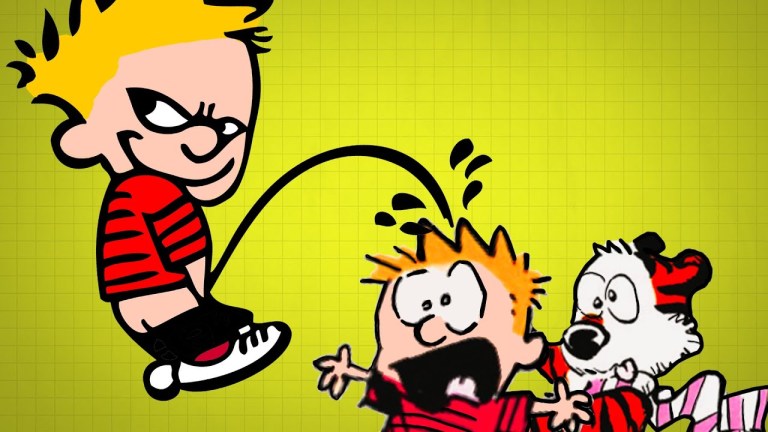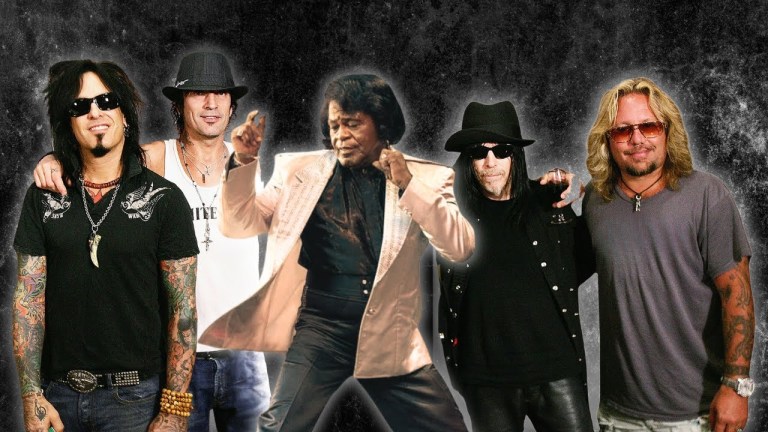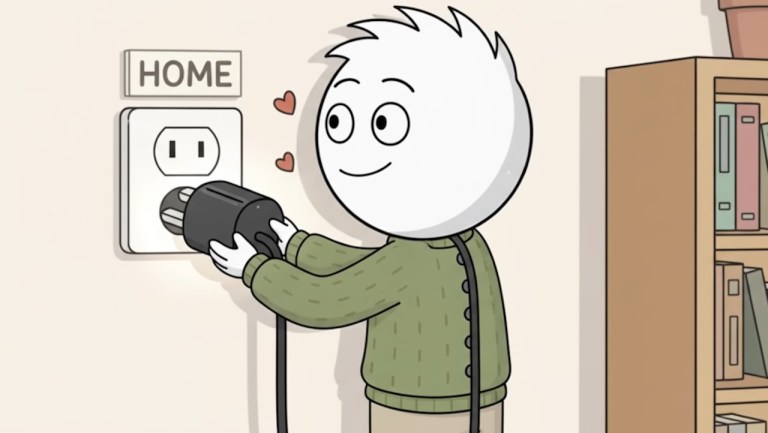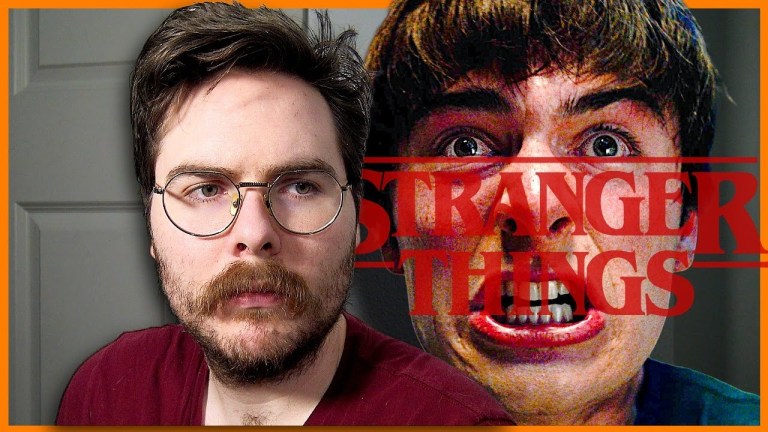The Invisible Dramatic Convention That Runs Throughout the Unconventional Film ‘Before Sunset’
Filmmaker Michael Tucker of Lessons from the Screenplay takes a look at the 2004 film Before Sunset, the second film in the Richard Linklater “Before” trilogy that stars Ethan Hawke and Julie Delpy as nearly star-crossed lovers. Tucker divides the plot into five acts, analyzing each through the lens of storytelling. While the film is very loose, Tucker eventually does find that it quite neatly fits into the conventional structure of dramatic storytelling.
So, does Before Sunset have a conventional Hollywood story structure? Well, if we take the big moments we’ve just covered and overlay them onto the Syd Field paradigm structure— the three-act model used in most Hollywood films— we see that they fit pretty snugly. The first section has an inciting incident…there’s a first plot point as Jesse and Celine start talking… there’s a midpoint reversal that flips the story on its head… there’s a second plot point when Celine wants to get out of the car and it looks like their relationship will end badly… and there’s a third act climax as each character makes the ultimate choice.
Yet despite his own conclusion, Tucker remains resistant.
But in all honesty, you could take just about anything and force it to fit into this structure if you tried hard enough. Simply adhering to structure for its own sake isn’t enough to make a movie good. Before Sunset is brilliant because it is a beautifully-designed real-time conversation that organically takes its two characters through a full arc, and the result of that is a structure so effortless it seems invisible.






